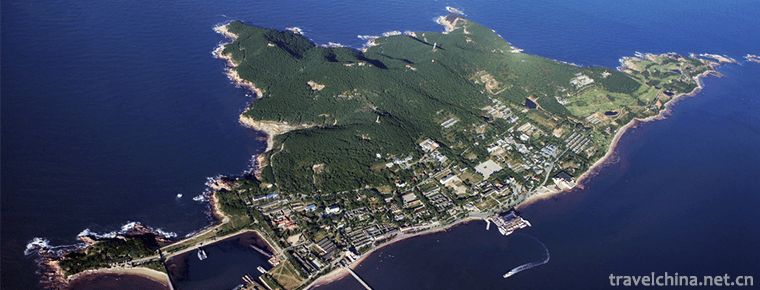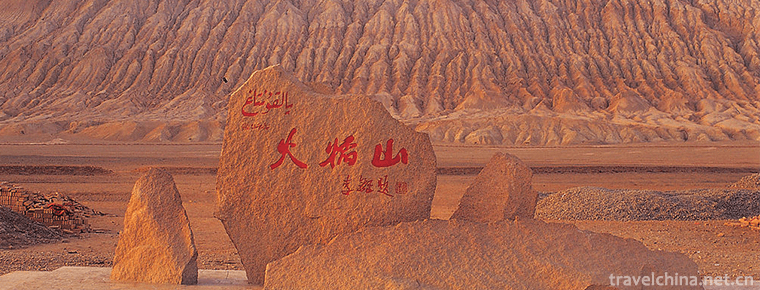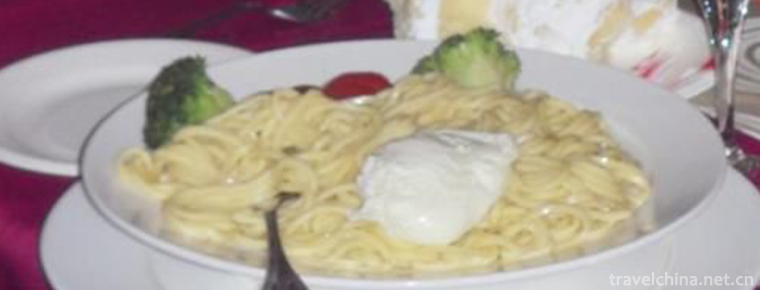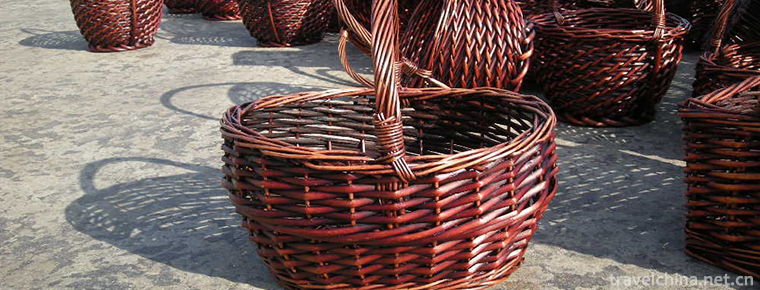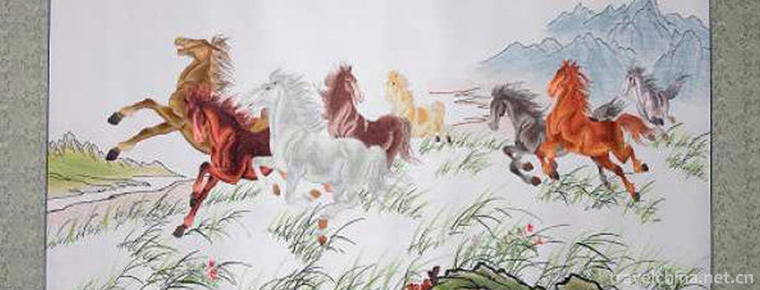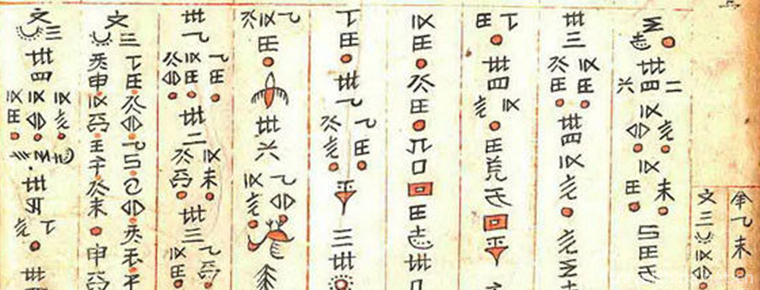Leshans first industry
Leshan's first industry
In 2019, the sown area of crops in Leshan City is 344100 hectares, an increase of 3318 hectares over the previous year. Grain planting area was 217800 hectares, an increase of 122 hectares over the previous year; oil planting area was 46500 hectares, an increase of 238 hectares over the previous year; sugar planting area was 476 hectares, an increase of 19 hectares over the previous year; vegetable planting area was 53300 hectares, an increase of 2082 hectares over the previous year.
In 2019, the grain output of Leshan is 1222200 tons, an increase of 0.1% over the previous year; the oil production is 82300 tons, increasing by 0.2%; the sugar production is 17100 tons, increasing by 2.4%; the output of vegetables and edible fungi is 13223000 tons, increasing by 5.4%; the output of tea is 45000 tons, increasing by 7.3%; the output of fruit is 192000 tons, increasing by 7.8%.
In 2019, 1.9317 million pigs were put on the market in Leshan, down 37.0% from the previous year; 924900 live pigs were on hand, down 52.1%; 5.1788 million meat rabbits were sold and slaughtered, an increase of 6.5%. The total output of meat in the whole year was 225200 tons, down 21.9% over the previous year. Among them, the output of pork was 141900 tons, down 35.4%, accounting for 63.0% of the total meat production; the output of beef was 3823 tons, an increase of 8.9%; the output of mutton was 5254 tons, an increase of 4.8%; the output of poultry meat was 68100 tons, an increase of 24.7%. Egg production was 134100 tons, an increase of 12.4%.
In 2019, the output of aquatic products in Leshan will be 122200 tons, an increase of 4.0% over the previous year. The annual afforestation area is 9513 hectares. The forest area is 746800 hectares, and the forest coverage rate is 58.6%, 0.8 percentage points higher than that of the previous year.
In 2019, the irrigated area of cultivated land in Leshan City is 142300 ha, and the actual irrigated area is 111000 ha.

-
Weihai Liugong Island Scenic Area
WeihLiugong Island is located in Weihai Bay, the easternmost part of Shandong Peninsula. It has rich and unique cultural landscape, including the Warring States site dating back thousands of years.
Views: 100 Time 2018-12-08 -
Zhao tomb in Qing Dynasty
Zhaoling Tomb of Qing Dynasty, the mausoleum of Taizong Emperor Taiji, the founding monarch of the second generation of Qing Dynasty, is located in the ancient city of Shenyang (Shengjing).
Views: 172 Time 2018-12-26 -
White Horse Temple Baima Temple
Baima Temple is located in Baima Temple Town, Luolong District, 12 kilometers east of the old city of Luoyang City, Henan Province. Founded in the eleventh year of Yongping in the Eastern Han Dynasty .
Views: 179 Time 2019-01-02 -
Guangyou Temple Scenic Area
Guangyou Temple is located in Liaoyang City, Liaoning Province, with Baita in the West and moat in the east. It covers an area of 60,000 square meters. The central axis of the north and south is archw.
Views: 150 Time 2019-01-13 -
Flaming Mountains
Flame Mountain in Xinjiang is the most famous scenic spot in Turpan. Located in the northern margin of Turpan Basin, the northern route of the ancient Silk Road is mainly composed of red sand.
Views: 338 Time 2019-01-19 -
Baxian longevity noodles
Make it with Udonghua noodles. With turtle, old turtle boiled soup, turtle has a nourishing role, old turtle represents longevity. Take shrimp, squid, sea cucumber, black fish balls.
Views: 173 Time 2019-03-27 -
Willowerwork
Willow knitting is one of the traditional handicraft products in China. In ancient times, people were just ordinary daily necessities. It was not until the late 20th century that they began to rise gr.
Views: 135 Time 2019-05-14 -
Wenzhou embroidery
Ou embroidery, also known as painting curtain, is a local traditional art in Wenzhou, Zhejiang Province. It is produced in Oujiang area. It is also one of the special handicraft products of "thre.
Views: 154 Time 2019-06-08 -
Shandong drum
In addition to the book drum, the musical instruments of Shandong drum were initially beaten with two pieces of plough and plough, and then two pieces of iron and copper were used, accompanied by thre.
Views: 142 Time 2019-06-13 -
Shui Shui Custom
"Shuishu" is a prototype written by the ancestors of the Shui nationality of the minority nationalities in Southwest China. Shui Shu custom is the formation, development and inheritance of S.
Views: 187 Time 2019-06-15 -
Zhongyuan Festival Chao Ren Yulan Winning Club
Chao Ren Yulan Sheng Hui is a traditional folk custom and folk belief activity. The fifteenth day of the seventh lunar month is commonly called "ghost festival" in Hong Kong. It is said that.
Views: 169 Time 2019-08-10 -
Social undertakings in Mianyang
In 2018, Mianyang City applied for provincial science and technology projects and implemented 132 million yuan of free funds. There are 272 high-tech enterprises in the city, including 5 national engineering technology research centers and 19 provincial.
Views: 129 Time 2020-12-14
